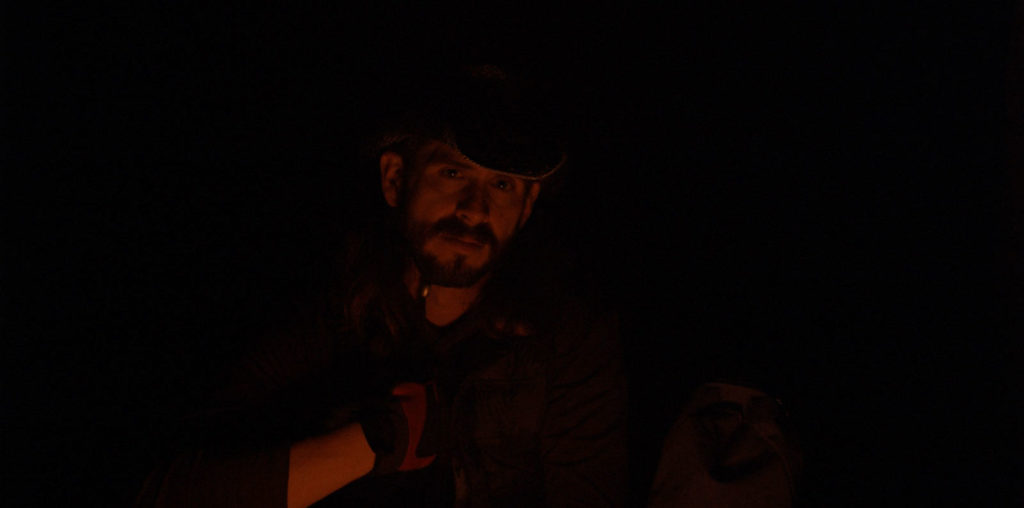
This month’s post will build off of our previous post in this series, so please refresh your memory to get the most out of this article.
So, how are you going to carve out a sustainable career? Truly independent artists are at a significant competitive disadvantage because, while the tools of production and distribution have proliferated, audience bandwidth has withered, resulting in an imbalance between content supply and audience demand.

“Think of the films that screen at brand name festivals as the tip of a giant content iceberg…”
This can be a difficult pill to swallow for a lot of independent artists. In addition to being a bit of a downer, it’s also a major barrier to entry to attaining that sustainable career we mentioned. Making and distributing movies may be a lot easier than it used to be, but now almost everyone is making movies which makes it harder for everyone to carve out audience bandwidth.
I programmed features for nine years at the Seattle International Film Festival and was the artistic director of the Portland Film Festival for the last three years, which means I’ve seen a lot of independent films. And most of them weren’t all that good. The majority of movies I see each year are movies that don’t screen at film festivals and will never play at a theater near you.
Think of the films that screen at brand name festivals as the tip of a giant content iceberg. And that iceberg is huge and it goes all the way to the bottom of the ocean and it’s filled with all those other films that nobody outside of the filmmaker’s family and close friends have ever seen.
Making something that people want to watch is the most important thing you can do to set yourself apart from the crowd. And having a killer strategy in place to ensure your work finds its audience is a close second.
“It’s up to you to figure out how to bridge that gap in hopes of attaining a sustainable creative career…”
After you spend that much creative capital to produce your work, you can’t allow it to fall through the cracks. And letting things like that happen is one of many ways that the “indie gap” becomes that much broader and impassable for most people. It’s up to you to figure out how to bridge that gap in hopes of attaining a sustainable creative career.
That process can be a significant paradigm shift for many artistic entrepreneurs, regardless of their field, and they’ll often reject the idea at first. I know I did. I fully subscribed to the Kevin Smith model of independent filmmaking. The first-time-at-bat grand slam. But, that wasn’t the case. And it took me a long time to figure out why.
If you’re not familiar with Porter’s Five Forces, it’s a strategic analysis framework used to assess the competitiveness of a specific business market. To better understand what you’re up against and why you need a plan, let’s apply Porter’s model to the current content distribution and creation landscape from the perspective of an independent creative entrepreneur.

Porter’s Five Forces for Filmmakers
It’s never been easier to produce and distribute content than it is today. Thanks to the proliferation of tools, resources, knowledge, and transparency, almost anyone who has an idea can bring it to fruition in some manner. For instance, shooting a movie on an iPhone is now a relatively common practice thanks to such mainstream successes as Sean Porter’s Tangerine, in addition to numerous short films and music videos.
And once your film is finished, there are a growing number of online platforms that will deliver and monetize your work with the click of a button.

